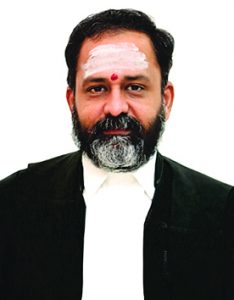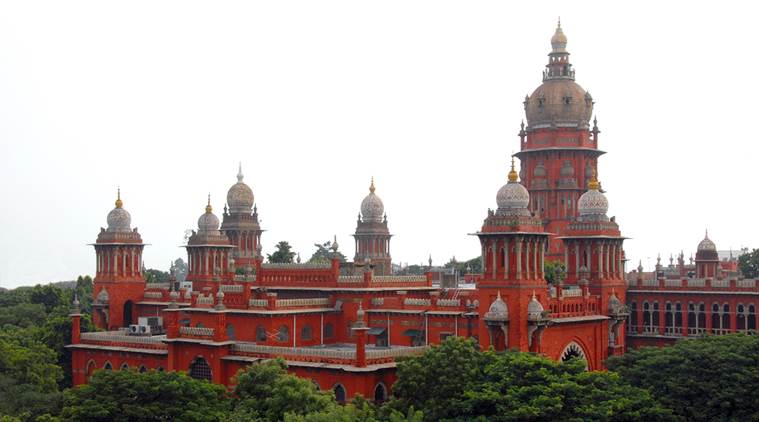The Madras High Court Wednesday issued a slew of directions to ensure transparent investigations around unnatural deaths. The Court said a dead person is equally entitled to justice.
“Whenever someone suffers an unnatural death, the circumstances that led to it will have to be unearthed. Otherwise, there would be no closure”, Justice GR Swaminathan remarked.
Justice Swaminthan added every time a custodial death occurs, the legitimacy of the State suffers a big dent. That can be set right only by ensuring transparent investigation.



To ensure the transparent investigation into the custodial deaths, the Court issued the following directions-
- The Judicial Magistrate conducting the enquiry under Section 176(1)(A) Cr.P.C. shall ensure that the family of the deceased or its representatives are given access to see the body both front and back and are also allowed to take video and photos
- No autopsy shall take place or commence without the next of kin having seen the body. Of course, if the family of the deceased refuses to see the body, even after so being permitted by the concerned Judicial Magistrate conducting the enquiry, the Judicial Magistrate can, in writing, permit the conducting of postmortem.
- The autopsy shall be carried out by a team of two doctors who have a master’s degree in forensic medicine and are attached to a Medical College and Hospital in the State. In other words, what is called as forensic autopsy must be conducted.
- The autopsy shall be done by adhering to the norms laid down by the Division Bench in V.Eswaran vs Government Of Tamil Nadu, dated 16.04.2019 in W.P.No.10694 of 2019 and in W.P.(MD)No.78 of 2019, dated 28.09.2020.
- The whole body shall be x-rayed in order to find out if there are any fractures. The entire autopsy should be videographed from the start of the examination till its completion by adhering to the following six phases set out in Modi ‘a Textbook of Medical Jurisprudence and Toxicology’ 26th Edition edited by Justice K.Kannan.
- The autopsy report should be prepared expeditiously and handed over to the investigating officer in the case so that the filing of the final report is not delayed.
A copy of the autopsy report as well as video should be simultaneously given to the legal heir or representatives of the family of the deceased. This alone will enable them to take recourse to legal remedies immediately, the Court directed.
It added If after receipt of the autopsy report, the legal heir/representatives of the deceased family give in writing that they intend to move the High Court, the body shall be preserved in the mortuary for atleast 48 hours. If the body is disposed of either by cremation or otherwise in the meanwhile, the very purpose of holding a second post-mortem will be rendered infructuous.
“All of us know that hasty cremation in the tragic Hathras gang rape case led to controversy. It is in the interest of the police to take the family of the deceased into confidence and avoid rushing things through. They are stakeholders in the process and the police have to treat them accordingly”, the Court said.
The Court was hearing a petition seeking directions to the State government to exhume the petitioner’s younger brother Ramesh’s body from his grave and to order a postmortem of the dead body by a team of three senior professors from forensic departments with full video coverage.
On the facts of the present case, the court allowed the petition and the transfer of the investigation to the CBCID since the allegations had been made specifically against the local police.
According to the petitioner, Ramesh died after being tortured by the local police. In order to cover up the crime, the police made it appear as if he committed suicide by hanging from the tree.
Petitioner was represented by advocate Henri Tiphagne.
Read the Judgment
http://theleaflet.in/wp-content/uploads/2020/12/Madras-High-Court-Judgment_Custodial-Death_Guidelines-for-invetigation.pdf


